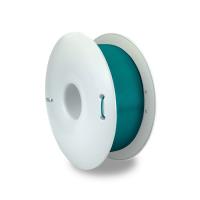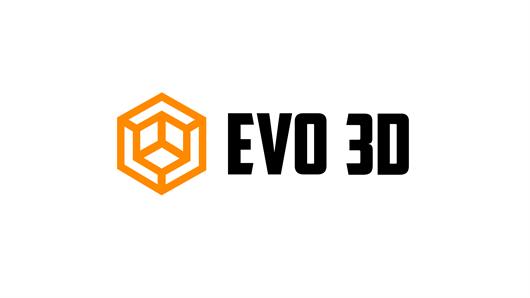 Add My Company
Add My Company
Sign In

3D printers can print an incredible variety of products because of the wide range of filament for 3D printers out there. Here’s a list of the popular ones.
Bringing in a 3D printer opens up a world of possibilities. From functional prosthetics to recreational tabletop knick-knacks, it’s all possible because of one common ingredient: filament for 3D printer.
It is the substance that enables 3D printing, and it is available in several materials. So, how do you know which one to use for your specific purpose? In this post, we will talk about some of the most commonly used materials that make it easier than ever to create useful, attractive, and high-quality products.
The Most Popular Types of Filament for 3D Printer Today
Consider the list given below that will help you select the right filament to print the 3D printing solutions you need:
1. PLA (Polylactic Acid) - Occasionally compared to ABS, PLA is easily the most widely used type of filament for 3D printers such as a Craftbot or a Modix, despite its brittleness and limited mechanical properties. This is because of its biodegradable qualities, availability in numerous styles/colours, and how convenient it is to print. It is generally used for printing common products, such as low-wear toys, containers, and prototypes parts.
2. ABS (Acrylonitrile Butadiene Styrene) - It isn’t as popular as Polylactic Acid for day-to-day 3D printing since it proves more difficult to use during printing and gives out hazardous fumes. This is because it is more likely to warp in the absence of a hot print bed and adhesive. However, it provides higher strength, increased durability and better resistance to high temperatures. These properties make it useful for injection moulding to create consumer products such as bicycle helmets and LEGO bricks.
3. PET (Polyethylene terephthalate) - It is among the most widely used plastics (PET bottles, for example). Also found in several types of food containers and clothing fibres, its 3D printing variant is known as PETG. It is a strong, flexible, and convenient-to-use filament for 3D printers, like those by 3DGence. On the other hand, this material is vulnerable to moisture and has a surface that scratches easily. Its best-known uses are for functional parts in printers, mechanical bodies, and protective components that are likely to face sustained or sudden stress.
4. TPE (Thermoplastic Elastomers) - As the name suggests, this type of filament is plastic with rubber-like properties to make it both long-wearing and flexible. Therefore, it is mainly used to manufacture medical equipment parts, automotive components, and household appliances. It has two major variants:
a. TPU (Thermoplastic polyurethane) - This is another well-known 3D printer filament UK based manufacturers like to rely on. Being slightly more rigid, it is more convenient to use for 3D printing. With this rigidity comes increased durability and elasticity retention in colder temperatures.
b. TPC (Thermoplastic Copolyester) - It isn’t as commonly used as Thermoplastic Polyurethane, despite having similar properties. This is because it proves more difficult to print and needs a tight filament path along with a slow print rate. However, it offers the additional benefits of excellent flexibility and improved resistance to higher temperatures up to 150°C, as well as UV and chemicals. These advantages make the material ideal for parts prone to compression and bending during use.
5. Nylon - It is a well-known synthetic polymer range that finds its use in several industrial applications. In fact, it is one of the go-to materials for the powder-fusion 3D printing technique. Its top advantages are extreme strength, flexibility, and resilience, and it is an excellent filament for Creatbot printers and other industrial 3D printers to create tools and mechanical parts such as gears and hinges.
6. PC (Polycarbonate) - It is known as one of the toughest 3D printer filaments with incredible resistance and durability. This material is also capable of withstanding extreme physical impacts and temperatures as high as 110°C. Several commercial items contain this material, owing to its natural transparency. These include electronic display screens, bulletproof glass, and scuba masks. The few disadvantages it has (that it shares with nylon) are its susceptibility to moisture and that it needs a high print temperature.
For more information on 6 Most Commonly-Used Filament for 3D Printer Varieties talk to Evo3D
Enquire Now
More Case Studies / Blogs
List your company on FindTheNeedle.
